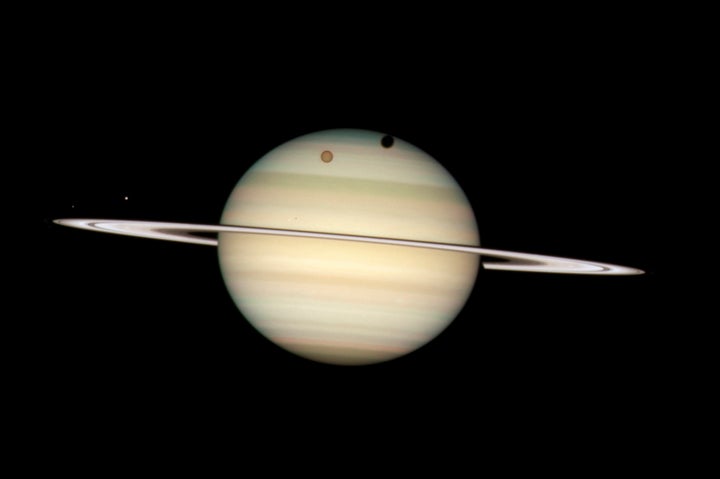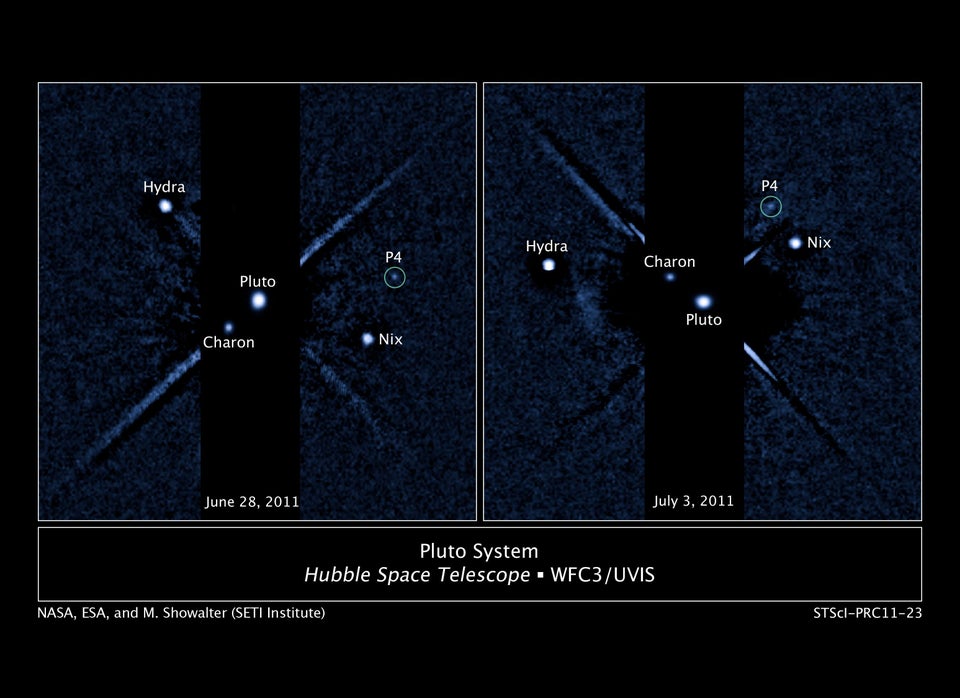How did the four planets known as gas and ice giants form in the early solar system? The latest theory on Jupiter, Saturn, Uranus and Neptune just received a big boost from a new computer modeling study.
The study examines the idea that the four planets may have started out as clusters of tiny rocks, a centimeter to a meter in diameter. Those primordial stones could have melded together to form the cores of the gas giants in a process known as "pebble accretion."
Before the pebble accretion idea was introduced in 2012, scientists thought that the planets' cores formed through collisions between much larger rocks, about a kilometer across. That was known as the "standard model" theory, and it had its rough edges.
"It is a relief, after many years of performing computer simulations of the standard model without success, to find a new model which is so successful," Dr. Martin Duncan, professor of astronomy at Queen's University in Canada and a co-author of the study, said in a written statement. "As far as we know, this is the first model to reproduce the structure of the outer solar system -- two gas giants, two ice giants (Uranus and Neptune), and a pristine Kuiper belt beyond Neptune."

The computer simulations tested how the pebble accretion process compared to the standard model. The simulation runs took weeks on a cluster of five computers, Science magazine reported.
What did the researchers find? When the pebble accretion model was plugged into the simulation, it accurately predicted the formation of one to four gas giants, which is consistent with what we now see in the outer solar system.
The simulation of pebble accretion also fit with other evidence that the gas giants formed relatively quickly. The new model allowed for those planets to form more rapidly -- and also showed that they may have been able to grow larger and larger by gobbling up particles of matter and dust while nudging smaller planets out of the way as their gravitational fields interacted, Nature.com reported.
"It's kind of a runt-of-the-litter thing," Dr. Harold Levison, a planetary scientist at the Southwest Research Institute in Boulder, Colorado, and lead author of the study, told Nature. "The runt is pushed aside by its bigger siblings so that they grow, and it doesn't."
One possible next step for the researchers is to examine whether the pebble accretion model can explain the existence of gas giants in other solar systems.
"It's a whole new way of looking at planet formation, and people are still working out exactly what it means," Dr. John Chambers, a planetary scientist at the Carnegie Institution for Science who was not involved in the study, told Space.com. "It's certainly shaking things up."
The study was published online in the journal Nature on Aug. 19.
Also on HuffPost Science: Our Solar System May Have Had A Fifth 'Giant' Planet

